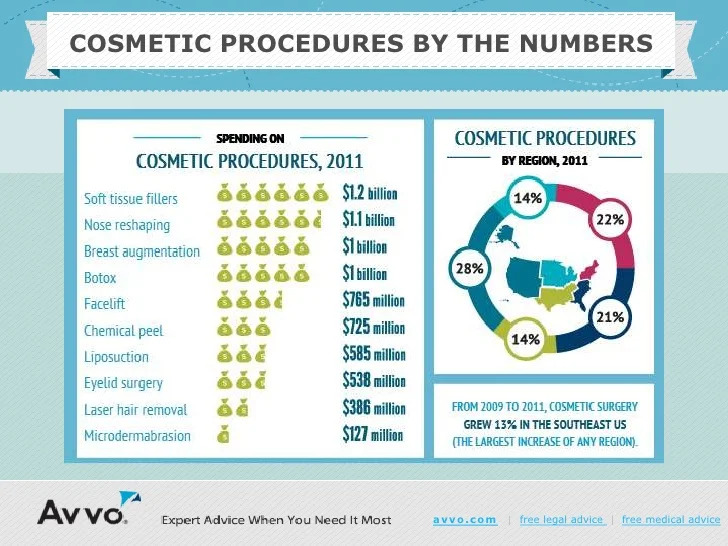Acne outbreaks in the cheek area are set off by many points, from touching your face often to not changing your pillow case commonly enough. Picking at blemishes raises your danger of infection and scarring, and certain medicines can intensify dark spots (postinflammatory hyperpigmentation).
Luckily, there are lots of means to stop and deal with cheek acne. These consist of:
1. Hormone Modifications
Acne is mainly brought on by hormonal agents, particularly those created during adolescence and pregnancy. For some, a family history of acne may also contribute to their condition. Anything that clogs pores, such as oil-based skin care items or ceraceous hair items, can activate acne. Different topical treatments, like benzoyl peroxide and salicylic acid, can combat germs and unblock pores. Those with severe or persistent acne needs to look for therapy from their physician.
Prevent touching or squeezing your acne, as this can push several of the microorganisms deeper right into the skin, causing a more severe outbreak. It is additionally crucial to alter pillowcases routinely and use tidy make-up brushes. You must likewise try to avoid toxic irritants such as rubbing from using a helmet or limited collar.
2. Diet plan
The greasy, sugary foods that many people assume trigger acne might really not do so. Actually, researches have actually shown that eating a diet regimen abundant in whole, nutrient-dense foods helps to stop outbreaks.
Foods high in the glycemic index (such as white bread, corn flakes, puffed rice and potatoes, doughnuts and other breads) increase blood sugar levels promptly, and this can boost hormones that boost oil manufacturing and cause acne.
Consuming cow's milk has additionally been connected to enhanced acne breakouts. If you are a normal cow's milk enthusiast, you might intend to attempt switching to low-fat or nondairy alternatives that are strengthened with calcium. Furthermore, drinking even more water can assist to decrease acne due to the fact that it assists to keep the skin hydrated.
3. Excess Oil
While oil is essential for healthy and balanced skin, it can become a problem when excessive sebum mixes with dead skin cells and obstructs pores. This mix can create blackheads, whiteheads and acnes. The blocked pore wall surface can break down and spill germs, dead skin cells and sebum into bordering skin. This leads to a red bump known as an acne. In some cases these red bumps have pus in the center from a microbial infection. Larger contaminated bumps that appear like acne are called cysts.
There are many points that can cause excess sebum and clogged up pores, including hormone fluctuations, diet regimen and daily behaviors. Some examples consist of touching the face often, resting your hand on your cheek, utilizing dirty make-up brushes and not changing pillow cases routinely.
4. Stress and anxiety
If you're taking care of throbbing pimples or a variety of blackheads and whiteheads, it may be time to talk to a skin specialist. They can recommend a reliable treatment that matches your skin type. Exercising relaxation and stress-reduction strategies also aids.
Acne can occur in the cheeks as a result of friction and stress, such as when a person touches their face often or wears a hat or sporting activities helmet that rubs versus the skin. It can additionally appear where oily daxxify vs botox cosmetics and lotions massage against the skin.
Prevent squeezing acne, as this can push contaminated material deeper right into the skin and lead to scarring. Rather, see a doctor to discover preventative treatments like medicine, skin treatment products and way of living changes. Eating a healthy and balanced diet of entire foods, getting seven to 9 hours of sleep and utilizing noncomedogenic make-up and skincare items can all help reduce acne breakouts.
5. Hair Products
Hair items are not generally taken a cause of breakouts, yet they can contribute to acne on the cheeks in some individuals. Pomade acne, which is identified by little shut comedones and papulopustules, is generally brought on by using oily hair products that contain comedogenic active ingredients such as certain oils and acetylated lanolin.
Selecting hair items that don't include these possibly comedogenic ingredients is an essential action toward reducing outbreaks. Additionally, ensuring that hair products aren't can be found in contact with the skin can help avoid outbreaks. As an example, wearing a scarf or hood during the night can limit hair-to-face get in touch with and minimize the likelihood that leave-in hair products will certainly abrade onto the face.
Along with using a non-comedogenic moisturizer and cleaning with an acne face clean, other useful methods consist of:
